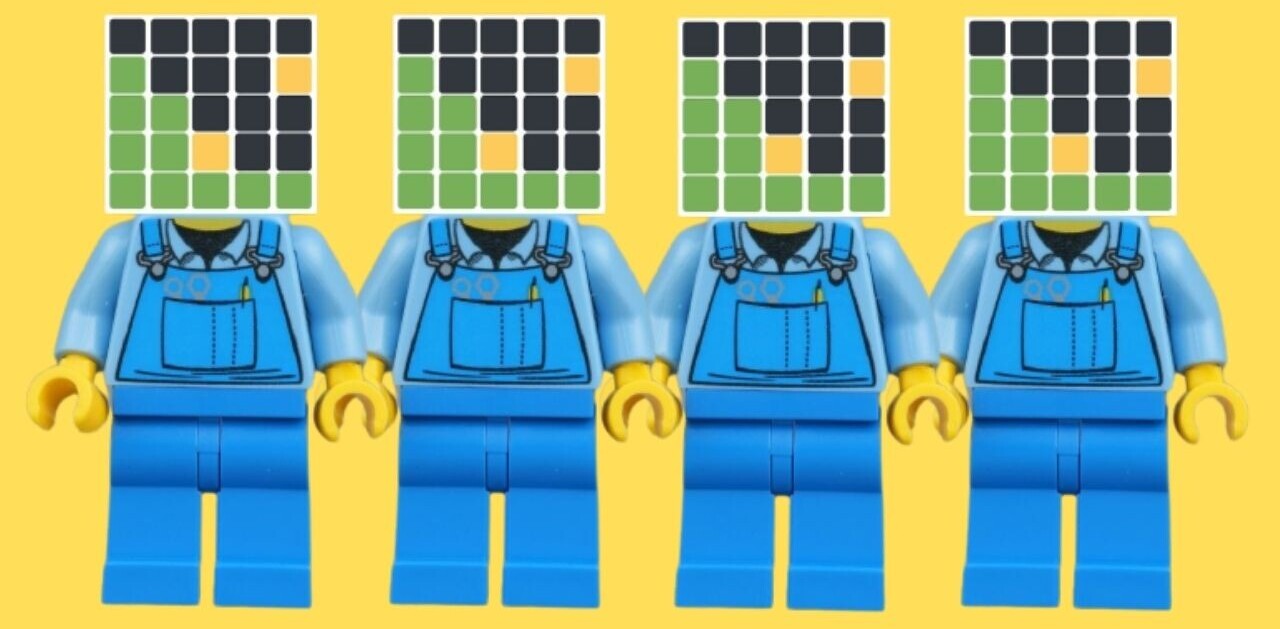
 Annotating the web has always been a neat idea that never quite worked. There are various reasons for this, the biggest in my opinion being user adoption and ease of use.
Annotating the web has always been a neat idea that never quite worked. There are various reasons for this, the biggest in my opinion being user adoption and ease of use.
DotSpots overcomes these two issues by delivering a fast, well thought out, and beautiful product that just “works.”
Founded by Farhad Mohit, DotSpots has been around the block for two years, with the last recorded funding round coming in 2007 at a cool $300k. Those two years have led to a significant growth in their community (I have been following DotSpots for nearly a year), new features, and support for my all-time favorite browser (sorry my friends over the Atlantic), Chrome.
But enough historical talk, you want to know how DotSpots works, right?
You will be happy to know that adding “dots” to a web page is amazingly easy. Simply install the dedicated FireFox/Chrome plug-in (note: Chrome plug-in requires dev build of Chrome), highlight a paragraph and begin annotating. Once you are finished with your annotation, it will be posted as a dot below the paragraph for other DotSpot users to see. Your annotations will also be pushed to your profile, where other users can follow your annotations.
This isn’t all that DotSpots can do, you can also expand upon others people dots by editing them. You can add further editorial, links and even maps to enhance the dot. Of course, edits aren’t a free for all (unlike that certain Google product) and must be approved by the original owner of the dot to keep the annotation relevant.

Even with the simplicity and power of DotSpots, stiff competition is surrounding them, Google being the biggest with their SideWiki project. Also, a huge barrier of entry is the fact that users still have to install a plug-in to use the service. The sooner DotSpots figures out how to appropriately let webmasters enable annotations on their end without necessary action from the end-user, the sooner DotSpots will succeed.
Overall, DotSpots is showing great potential and if they manage to keep steadfast pace with their development and ease of use, they just might make it in this rocky space where many have failed.
Get the TNW newsletter
Get the most important tech news in your inbox each week.





